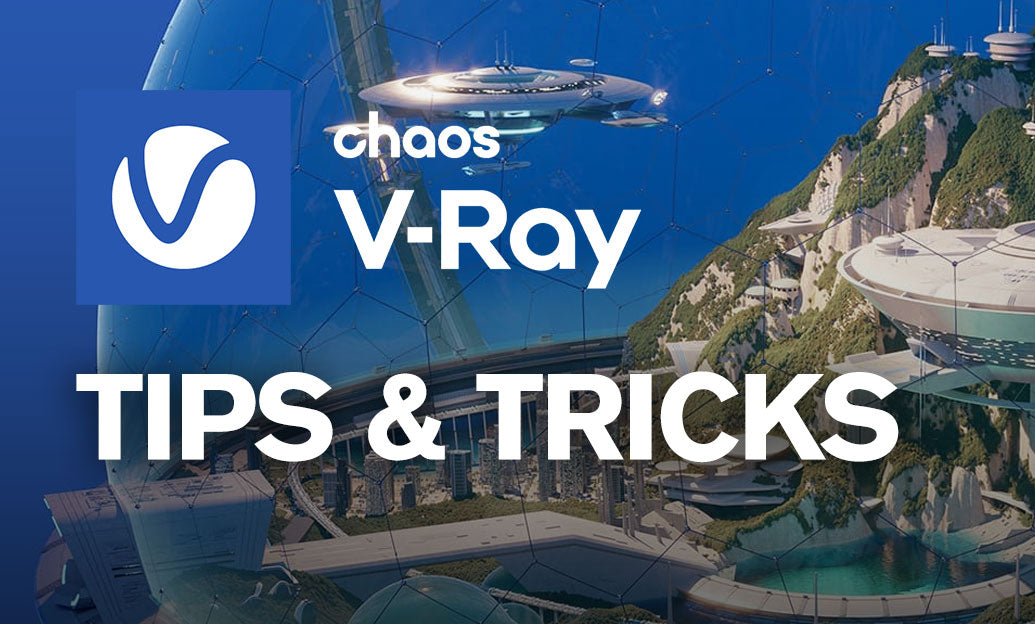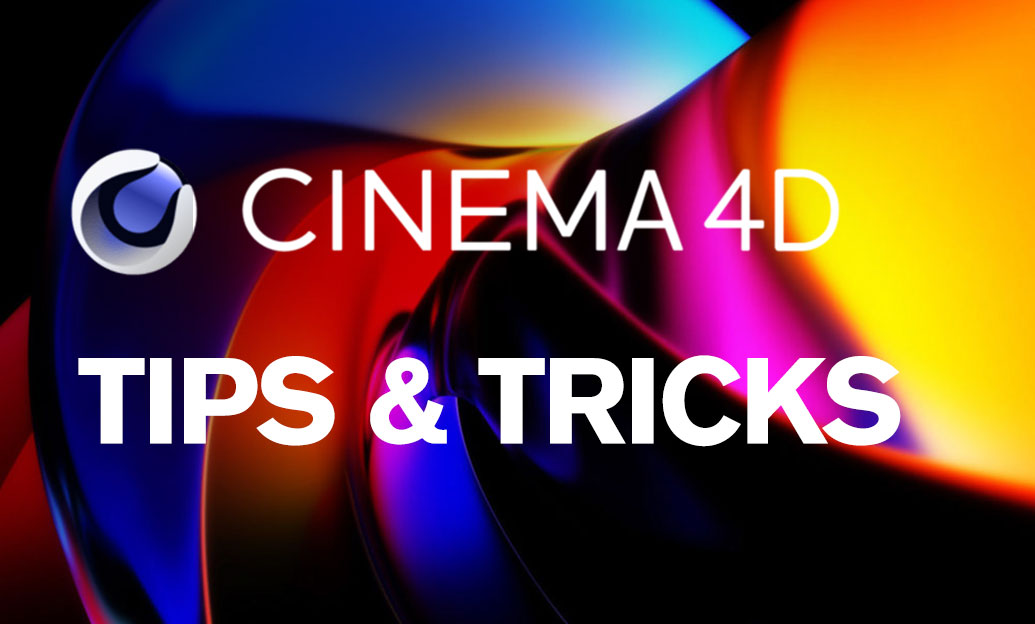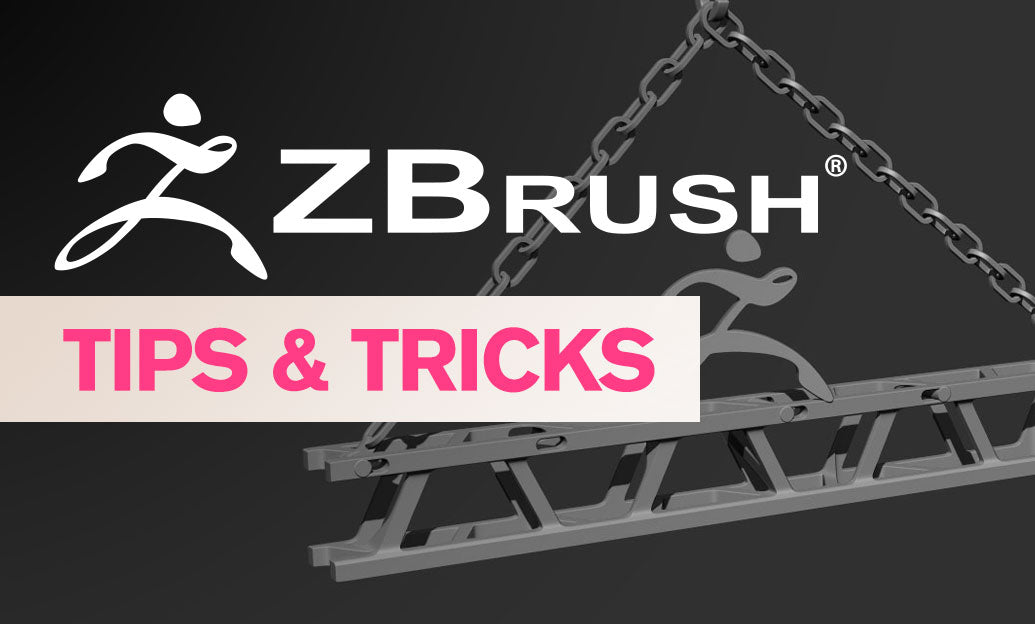Your Cart is Empty
Exposure Compensation in the VRayPhysicalCamera lets you nudge brightness in photographic stops without touching f-number, shutter speed, or ISO—so depth of field and motion blur stay intact. Use it for fast creative tuning and consistent lighting across shots.
- What it is: an EV offset applied on top of your physically based exposure. Think “creative trim” rather than changing the exposure triangle.
- Why it matters: you keep physically plausible lighting intensities and material response, while quickly matching art direction.
- When to use: last-mile brightness matching, sequence continuity, bracketed look-dev, or quick “same DoF/MB, new brightness” iterations.
How to use it across hosts:
- V-Ray for Maya: VRayPhysicalCamera > enable Exposure, set f-number/shutter/ISO to physical targets, then adjust Exposure Compensation (EC) ±0.3 to ±1.3 stops for fine tuning.
- V-Ray for 3ds Max: keep Physical Camera/VRayPhysicalCam with physical exposure; use the V-Ray Frame Buffer (VFB) Exposure layer as an EV offset (acts like EC) to preserve DoF/MB. Save as a VFB preset.
- V-Ray for SketchUp/Rhino: set Camera Exposure in V-Ray and use Exposure Compensation in the Camera or the VFB Exposure layer for stop-accurate trims.
Practical ranges and intent:
- Subtle polish: ±0.3 to ±0.7 EV for matching editorial notes without rebalancing lights.
- Creative bias: +1.0 EV for moody interiors; −0.3 to −1.0 EV for bright exteriors to preserve highlight headroom.
- Night shots: prefer realistic light intensities (lumens/cd/IES) and add +1.0–+2.0 EV EC instead of overcranking lights.
Quality and consistency tips:
- Preserve optics: adjust EC—not f-number or shutter—whenever DoF or motion blur must remain unchanged.
- Avoid double exposure: if the camera has EC set, keep only one active Exposure operator in the VFB stack, or vice versa.
- Watch highlights: pair EC with VFB Highlight Burn/Filmic tone mapping to protect bright windows, chrome, and sun hits.
- Histogram first: aim mid-gray around 0.4–0.5; use EC to center exposure, then refine contrast with Curves in the VFB.
- Batch parity: store EC in camera presets for sequence continuity; for multi-shot pipelines, standardize EC steps (+/−0.3, 0.5, 1.0).
Workflow recipe:
- Set physical base: f/8–f/11, 1/100–1/200 s, ISO 100–200 for exteriors; interiors often f/4–f/8, 1/50–1/100 s, ISO 200–400.
- Light physically: V-Ray Sun & Sky or calibrated HDRIs; use IES for fixtures.
- Trim with EC: raise or lower in small stops until midtones read right; keep GI, noise thresholds, and color management unchanged.
- Lock it: save camera and VFB presets per shot; document EC values alongside renders using a Render Stamp AOV.
Common pitfalls:
- If DoF or motion blur suddenly changes, you adjusted f-number or shutter instead of EC.
- If highlights clip unexpectedly after EC, reduce Highlight Burn or enable a gentler tone map curve.
- In ACES workflows, apply EC in the VFB after IDT/lin and before ODT for predictable results.
Need V-Ray or upgrades? Explore V-Ray options at NOVEDGE, including host-specific licenses for 3ds Max and Maya. For bundles and expert advice, reach out to NOVEDGE.






